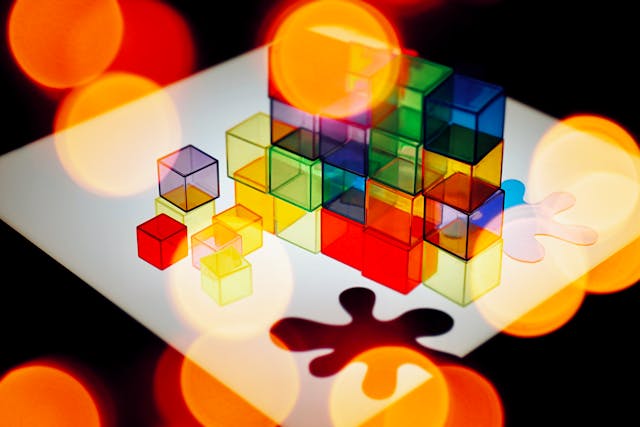If you are an illustrator creating vector art, you might have wondered if you can take the next logical step in your evolution as an artist towards motion design.
Here’s all you need to know about how to get started with vector animation, without knowing any code to learn complicated programming languages.
But first, let’s start with the basics:
What Is An Animated Vector?
An animated vector is basically a line drawing or a sequence of lines with a particular background color.
But unlike normal lines drawn in a vector file, they do not remain static. When the program translates this line drawing into a bitmap or renderable texture, this line drawing is animated.
It is the key to making each line separate yet continuous.
Animating Line Art
Simply put, if you want to create an animated line drawing, you need to learn how to animate your line art. With the right tools, it’s easy to start animation in no time!
To begin with, you need a vector drawing or source file. In Illustrator or any other vector-based design software, simply open up the file. You will find the path where the lines are supposed to end, and where you want them to begin.
Benefits of animating vector art
Here’s a list of all the reasons you should get started with animating your vector art if you haven’t already.
- You can make your drawing animated without much effort.
- It’s easier than animating a full motion graphic, as you don’t need to use new code.
- You can use some existing graphics for your source file.
- You can animate multiple things at once!
- You can animate to your liking, depending on your artistic skills.
Where to use animated vector art
In the web, any page where you want to display long strings of words or elements, such as these lines, is a perfect place for animating art.
Emojis, buttons, headings and other elements that have an actual animated element, such as arrows, are perfect candidates for vector graphics to animate.
You can also animate faces, dots, doodles, brushes, letters, shapes and many other designs to make them look a lot more lively.
Creative Examples of Animated Vector Art
Here are just a few creative examples of animation in vector art:
Faces Vector Art Animation
Animating faces is both easy and expressive. It’s a great exercise if you want to get started with animating art. Animating the eyes, mouth or the shape of eyebrows will add more expressiveness to your art and take it to a whole new level.
Symbols Vector Art Animations
Animating symbols will give you a wonderful opportunity to create an object-based animation. Symbols are everywhere in the real world. If you know how to animate your vector art, you can turn your favorite symbol into a universal message for your audience.
Circuits Vector Art Animations
Want to make your audience feel the joy of mathematics and logic? Then, this is the place for you. Drawing a set of circles will not only make the circuitry of a circuit look appealing, it also will create a sense of movement.
Scripts Art Animations
Scripts are another wonderful way to animate elements of your designs. In fact, many animators start with creating scripts for their design. Here are just a few examples of scripts that you can use.
Doodles Vector Art Animations
Doodles are one of the most flexible tools to animate. Draw a doodle and paint with an actual paintbrush. Place some lights and a camera in the doodle and you will find the perfect tool to animate a doodle in the most natural way.
Bubbles Vector Art Animations
If you love bubbles, the next best place to animate them is a place with a lot of natural light. All you need to do is use some screen-shading technique to create bubbles of different sizes. Use shapes in your bubbles, as they make them more interesting.
Conclusions
Animating vector art can add a lot of value to your designs. After all, we all use vector art for a lot of things, including animations. Don’t miss the opportunity to add animation to your graphics. Get started with your new vector art project right now.
